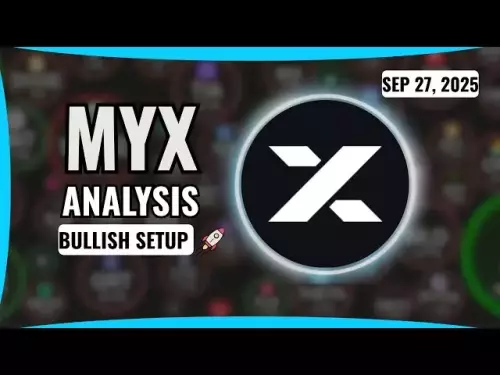-
 bitcoin
bitcoin $109523.663807 USD
-0.13% -
 ethereum
ethereum $4019.526508 USD
2.06% -
 tether
tether $1.000482 USD
0.00% -
 xrp
xrp $2.776815 USD
0.18% -
 bnb
bnb $958.942396 USD
0.12% -
 solana
solana $204.294698 USD
3.84% -
 usd-coin
usd-coin $0.999693 USD
0.00% -
 dogecoin
dogecoin $0.232115 USD
2.09% -
 tron
tron $0.338028 USD
0.84% -
 cardano
cardano $0.790920 USD
1.50% -
 hyperliquid
hyperliquid $44.871443 USD
5.60% -
 ethena-usde
ethena-usde $1.000322 USD
0.04% -
 chainlink
chainlink $21.034165 USD
2.60% -
 avalanche
avalanche $28.794831 USD
-0.54% -
 stellar
stellar $0.360466 USD
1.24%
How to calculate KuCoin contract margin
To calculate the margin required for a KuCoin contract, multiply the contract value by the margin percentage, considering the liquidation price and adjusting the margin as needed for proper risk management.
Nov 08, 2024 at 08:12 am
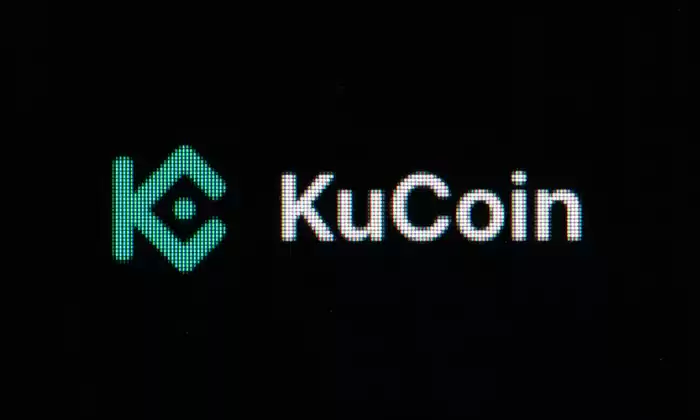
How to Calculate KuCoin Contract Margin: A Comprehensive Guide
KuCoin, a leading cryptocurrency exchange, offers a robust contract trading platform that allows users to capitalize on the volatility of digital assets with leverage. Understanding how to calculate margin is crucial for successful contract trading, as it determines the amount of funds required to open and maintain positions.
What is Margin?
In contract trading, margin refers to the collateral you pledge to the exchange to cover potential losses. It acts as a cushion against unfavorable price movements, ensuring that you have sufficient funds to meet any obligations. Margin is typically expressed as a percentage of the contract value.
Steps to Calculate KuCoin Contract Margin
Calculating KuCoin contract margin involves a series of steps:
1. Identify the Contract Value
The contract value represents the total notional value of the contract, determined by multiplying the underlying asset's current market price by the contract size.
2. Determine the Margin Percentage
KuCoin offers variable margin percentages for different contract types, such as futures, perpetual swaps, and options. These percentages vary depending on the underlying asset, market volatility, and exchange policies.
3. Calculate the Margin Required
Once you have identified the contract value and margin percentage, you can calculate the margin required using the following formula:
Margin Required = Contract Value * Margin PercentageFor example, if you want to open a futures contract for 1 Bitcoin (BTC) with a margin percentage of 20%, the margin required would be:
Margin Required = 60,000 * 20% = 12,000 USDT4. Consider Liquidation Price
The liquidation price represents the price at which your position will be forcibly closed due to insufficient margin. It is calculated by:
Liquidation Price = Entry Price +/- (Margin Percentage / Leverage) * Contract Valuewhere:
- Entry Price is the price at which you opened the position
- Leverage is the ratio between the margin used and the contract value
Ensure your margin is sufficient to withstand potential price fluctuations and avoid liquidation.
5. Adjust Margin as Needed
Market conditions can change rapidly, impacting the margin required for your positions. KuCoin allows you to adjust your margin by adding or withdrawing funds from your account without closing the position.
6. Close the Position
When you close a contract position, the system calculates any profits or losses based on the difference between the entry price and closing price. The margin is then released back to your account.
7. Risk Management Considerations
Proper risk management is paramount in contract trading. Here are some additional tips:
- Use a Margin Calculator: KuCoin provides a handy margin calculator tool on its trading platform. This tool allows you to quickly estimate the margin required for a given contract.
- Diversify Your Portfolio: Avoid concentrating your margin on a single asset or position. Spread your risk by investing in different contracts with varying margin requirements.
- Monitor Your Positions Regularly: Keep a close eye on your open positions and adjust your margin as necessary.
Disclaimer:info@kdj.com
The information provided is not trading advice. kdj.com does not assume any responsibility for any investments made based on the information provided in this article. Cryptocurrencies are highly volatile and it is highly recommended that you invest with caution after thorough research!
If you believe that the content used on this website infringes your copyright, please contact us immediately (info@kdj.com) and we will delete it promptly.
- BTC, Hard Fork, and Disputed Futures: A Bitcoin Knots Controversy
- 2025-09-28 01:05:16
- Litecoin, Remittix, and Crypto Payments: A New Era?
- 2025-09-28 01:05:16
- Crypto Presales: Is $BFX the Next Big Thing?
- 2025-09-28 00:25:12
- Kraken's IPO Ambitions: Navigating Valuation in a Recovering Crypto Market
- 2025-09-28 00:25:12
- World Liberty Financial (WLFI): Buyback & Burn Bonanza - Will the Price Ignite?
- 2025-09-28 00:45:12
- Bitcoin's Bumpy Ride: Navigating Risks and Potential Downturns
- 2025-09-28 00:30:01
Related knowledge

How do I enable the "scalping-only" mode for Cardano (ADA) contracts?
Sep 24,2025 at 03:19am
Understanding Scalping Strategies in Crypto Derivatives1. Scalping in cryptocurrency trading refers to executing multiple short-term trades within min...
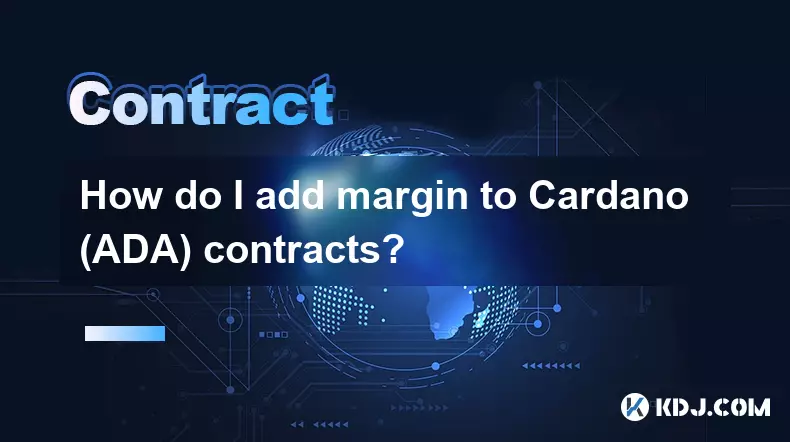
How do I add margin to Cardano (ADA) contracts?
Sep 27,2025 at 07:54pm
Understanding Margin in Cardano (ADA) Smart ContractsCardano operates on a proof-of-stake blockchain that supports smart contracts through its Plutus ...
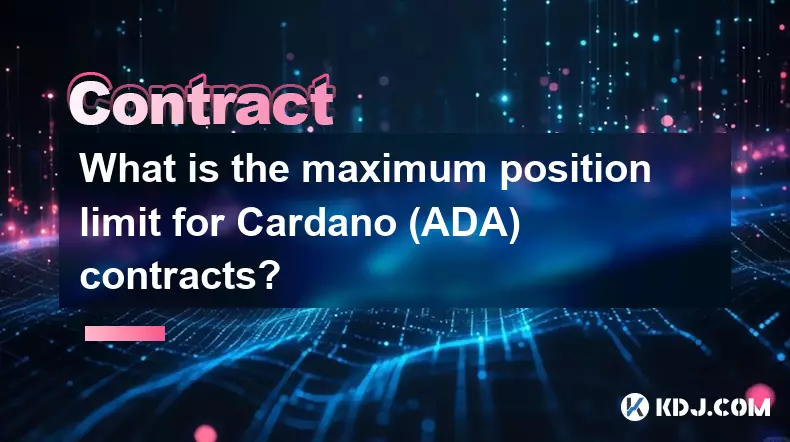
What is the maximum position limit for Cardano (ADA) contracts?
Sep 23,2025 at 11:00pm
Understanding ADA Futures and Derivatives Market Structure1. Cardano (ADA) futures contracts are offered by several major cryptocurrency derivatives e...
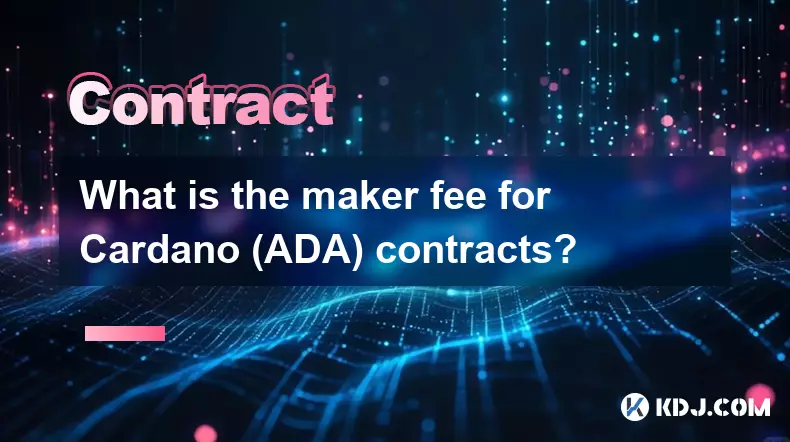
What is the maker fee for Cardano (ADA) contracts?
Sep 26,2025 at 09:01am
Understanding Maker Fees in Cardano (ADA) Contracts1. The concept of maker fees applies broadly across decentralized exchanges and smart contract plat...
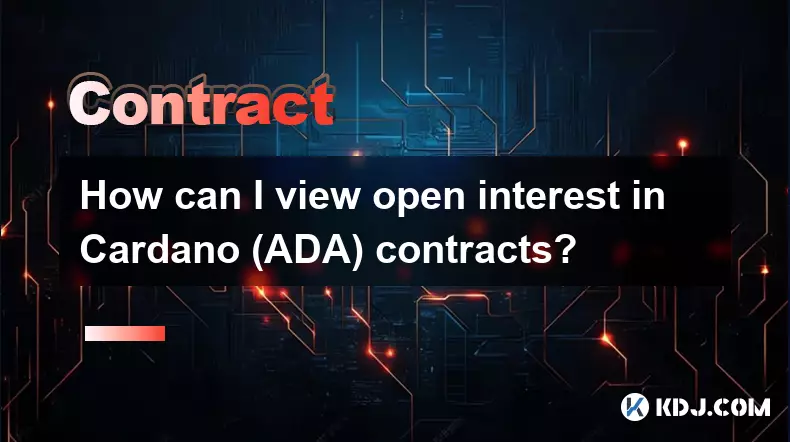
How can I view open interest in Cardano (ADA) contracts?
Sep 24,2025 at 07:36am
Understanding Open Interest in Cardano Derivatives1. Open interest refers to the total number of outstanding derivative contracts, such as futures or ...
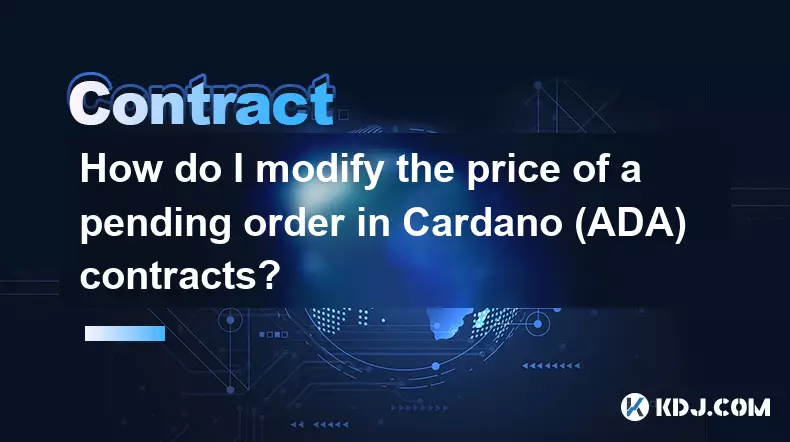
How do I modify the price of a pending order in Cardano (ADA) contracts?
Sep 27,2025 at 01:00am
Understanding Pending Orders in Cardano Smart Contracts1. Cardano operates on a proof-of-stake blockchain that supports smart contracts through its Pl...

How do I enable the "scalping-only" mode for Cardano (ADA) contracts?
Sep 24,2025 at 03:19am
Understanding Scalping Strategies in Crypto Derivatives1. Scalping in cryptocurrency trading refers to executing multiple short-term trades within min...

How do I add margin to Cardano (ADA) contracts?
Sep 27,2025 at 07:54pm
Understanding Margin in Cardano (ADA) Smart ContractsCardano operates on a proof-of-stake blockchain that supports smart contracts through its Plutus ...

What is the maximum position limit for Cardano (ADA) contracts?
Sep 23,2025 at 11:00pm
Understanding ADA Futures and Derivatives Market Structure1. Cardano (ADA) futures contracts are offered by several major cryptocurrency derivatives e...

What is the maker fee for Cardano (ADA) contracts?
Sep 26,2025 at 09:01am
Understanding Maker Fees in Cardano (ADA) Contracts1. The concept of maker fees applies broadly across decentralized exchanges and smart contract plat...

How can I view open interest in Cardano (ADA) contracts?
Sep 24,2025 at 07:36am
Understanding Open Interest in Cardano Derivatives1. Open interest refers to the total number of outstanding derivative contracts, such as futures or ...

How do I modify the price of a pending order in Cardano (ADA) contracts?
Sep 27,2025 at 01:00am
Understanding Pending Orders in Cardano Smart Contracts1. Cardano operates on a proof-of-stake blockchain that supports smart contracts through its Pl...
See all articles


























